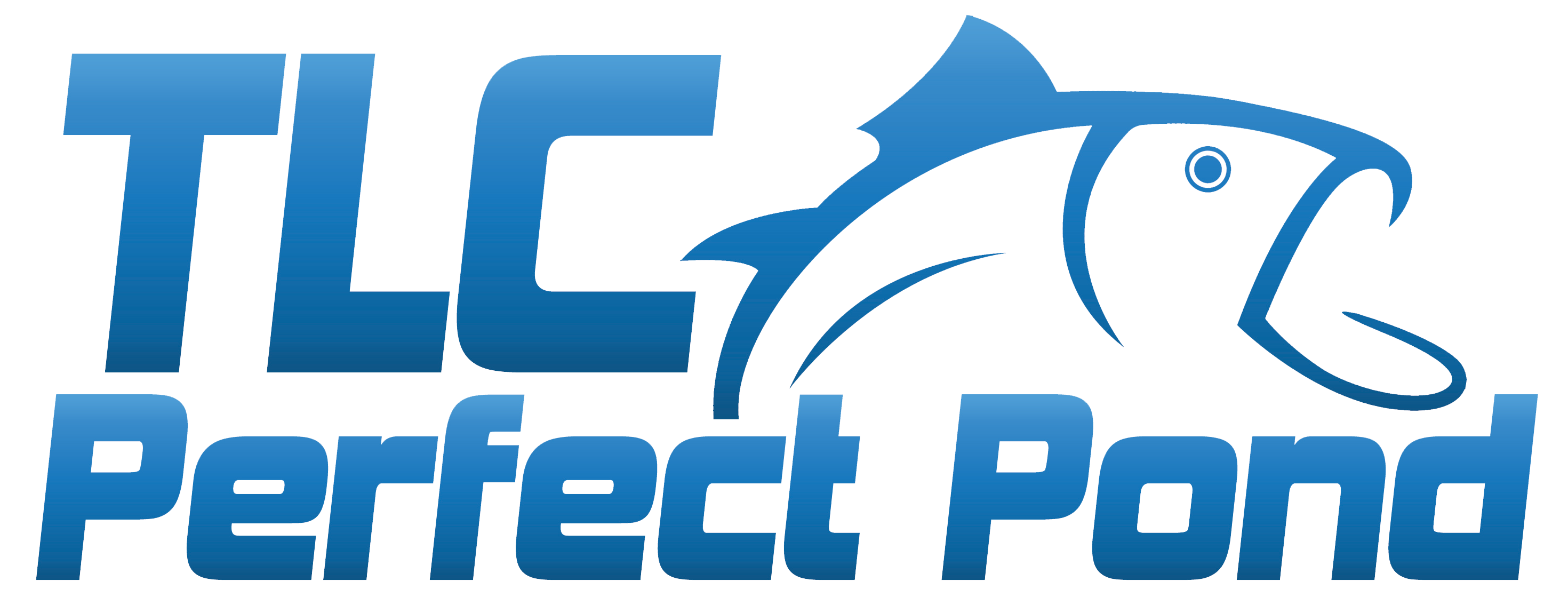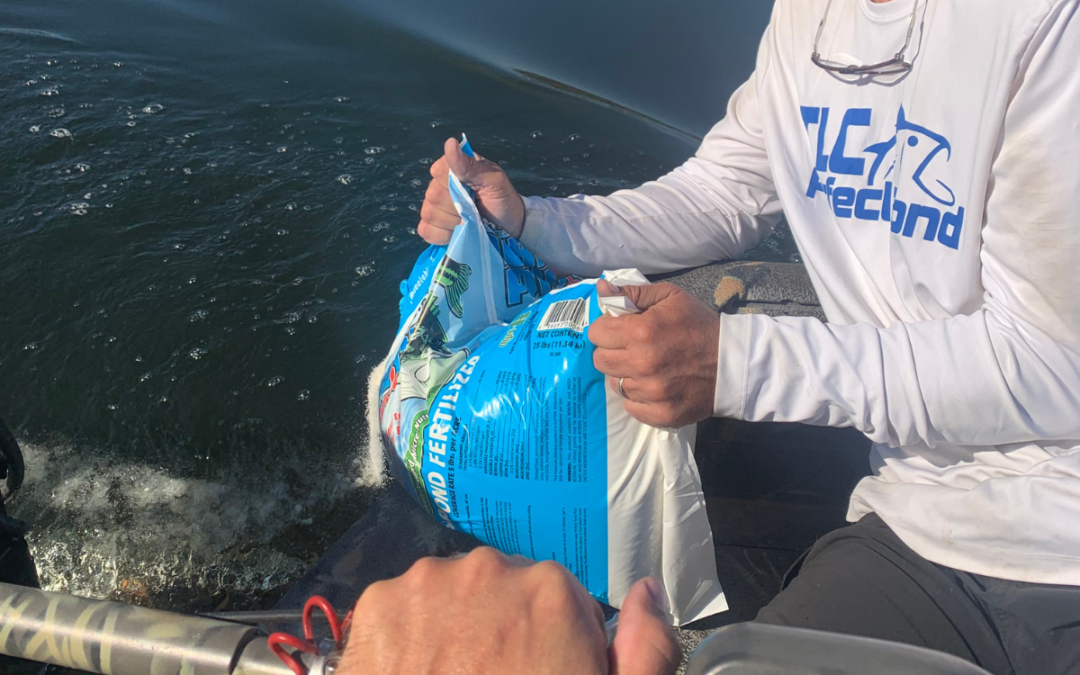A well-maintained pond is more than just a body of water—it’s a thriving ecosystem that supports fish populations, aquatic plants, and beneficial microorganisms. One key factor in maintaining a productive pond is fertilization. Proper pond fertilization boosts the natural food chain, promotes fish growth, and enhances water clarity. However, it must be done correctly to prevent unwanted consequences like excessive algae growth. In this blog, we’ll explore why pond fertilization is essential, when to fertilize, and the right methods to achieve the best results.
Why Fertilize a Pond?
Water fertility plays a crucial role in maintaining a healthy pond ecosystem by enhancing the primary productivity of the water. When properly applied, fertilizers stimulate the growth of phytoplankton, which forms the base of the aquatic food chain. Phytoplankton is consumed by zooplankton, which in turn becomes food for small fish, eventually supporting larger predator fish.
Without adequate nutrients, pond water can become unproductive, leading to slow fish growth, poor fishing conditions, and an imbalanced ecosystem. Fertilization helps maintain an optimal balance and ensures that fish populations have sufficient food resources to grow and thrive.
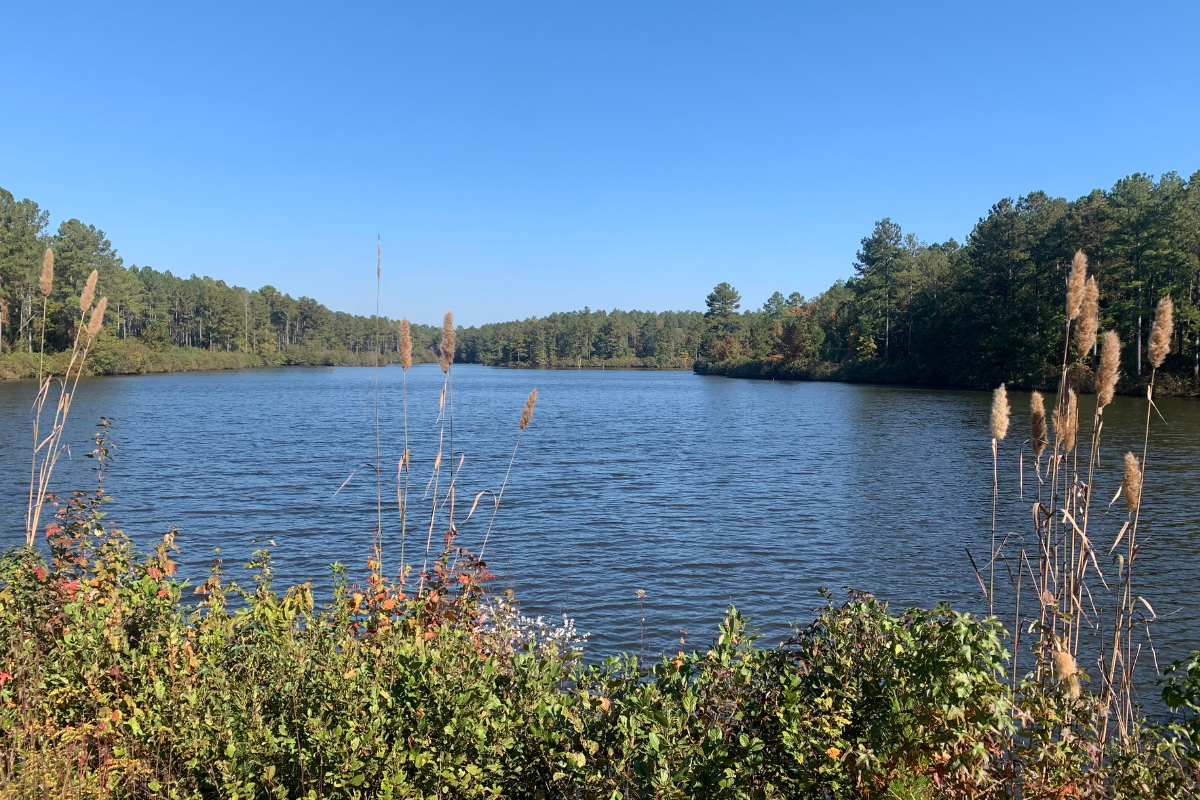
When to Fertilize Your Pond
Timing is critical when it comes to pond fertilization. Here are key factors to consider:
- Spring Start – Begin fertilization in early spring when water temperatures reach around 60°F. This helps jumpstart the phytoplankton bloom and provides a food source as fish become more active.
- Avoid Late-Season Fertilization – Fertilizing too late in the year can contribute to algae overgrowth and may not benefit fish as they prepare for winter.
- Consider Water Clarity – If water visibility is less than 18 inches due to algae blooms or excess sediment, hold off on fertilization to prevent further water quality issues.
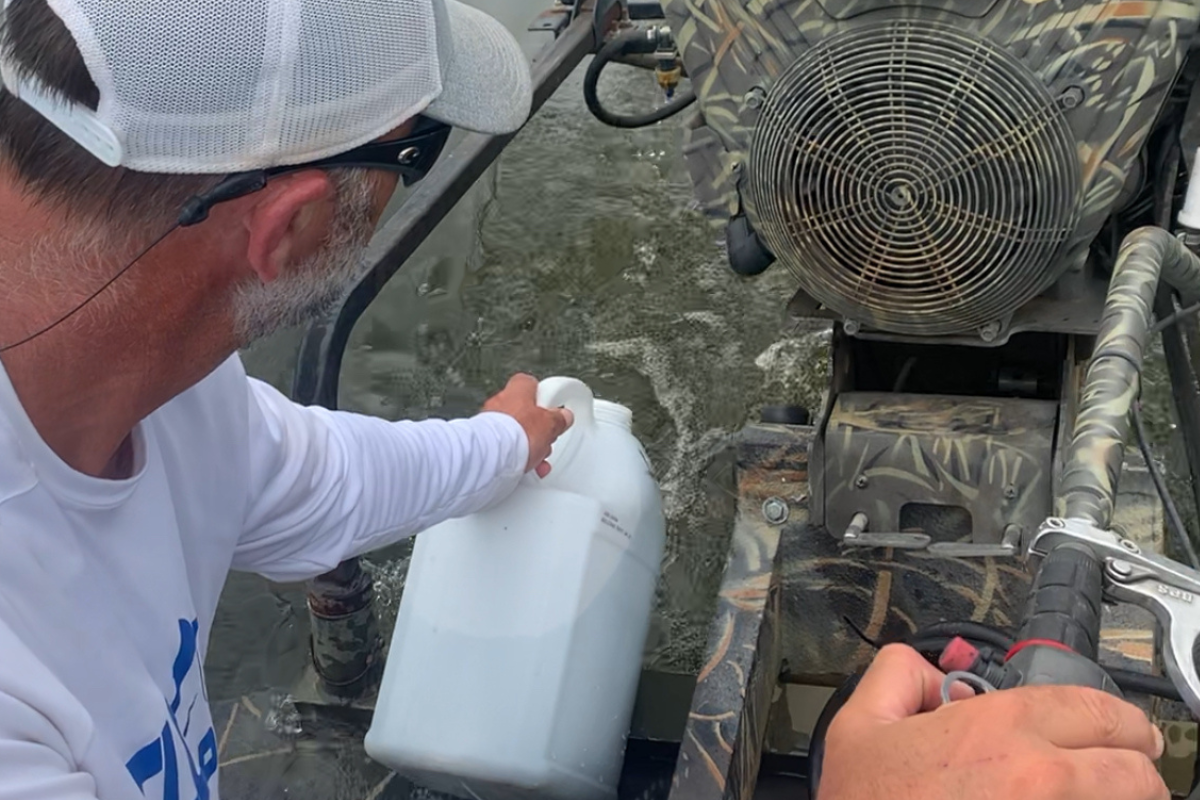
How to Properly Fertilize a Pond
Applying fertilizer correctly is just as important as knowing when to use it. Here are the best practices for effective pond fertilization:- Choose the Right Fertilizer
- Use a water-soluble pond fertilizer that dissolves quickly and disperses evenly.
- Common formulations include 10-52-4 or 12-49-6, which provide phosphorus essential for phytoplankton growth.
- Avoid land-based agricultural fertilizers, as they are not designed for water and can lead to poor distribution and potential runoff issues.
- Apply Fertilizer Properly
- Never dump fertilizer directly into the pond, as it can settle to the bottom and be ineffective.
- Instead, pre-mix water-soluble fertilizers in a bucket and pour evenly across the pond’s surface.
- For liquid fertilizers, dilute them with water and distribute evenly across the pond.
- Use fertilizer platforms (raised structures in the pond) to help granular fertilizers dissolve gradually.
- Monitor Water Quality
- Regularly test your pond’s nutrient levels to prevent over-fertilization.
- Monitor algae growth—some algae are beneficial, but excessive blooms can deplete oxygen and harm fish.
- Keep an eye on oxygen levels, especially in warm weather when fish require more oxygen.
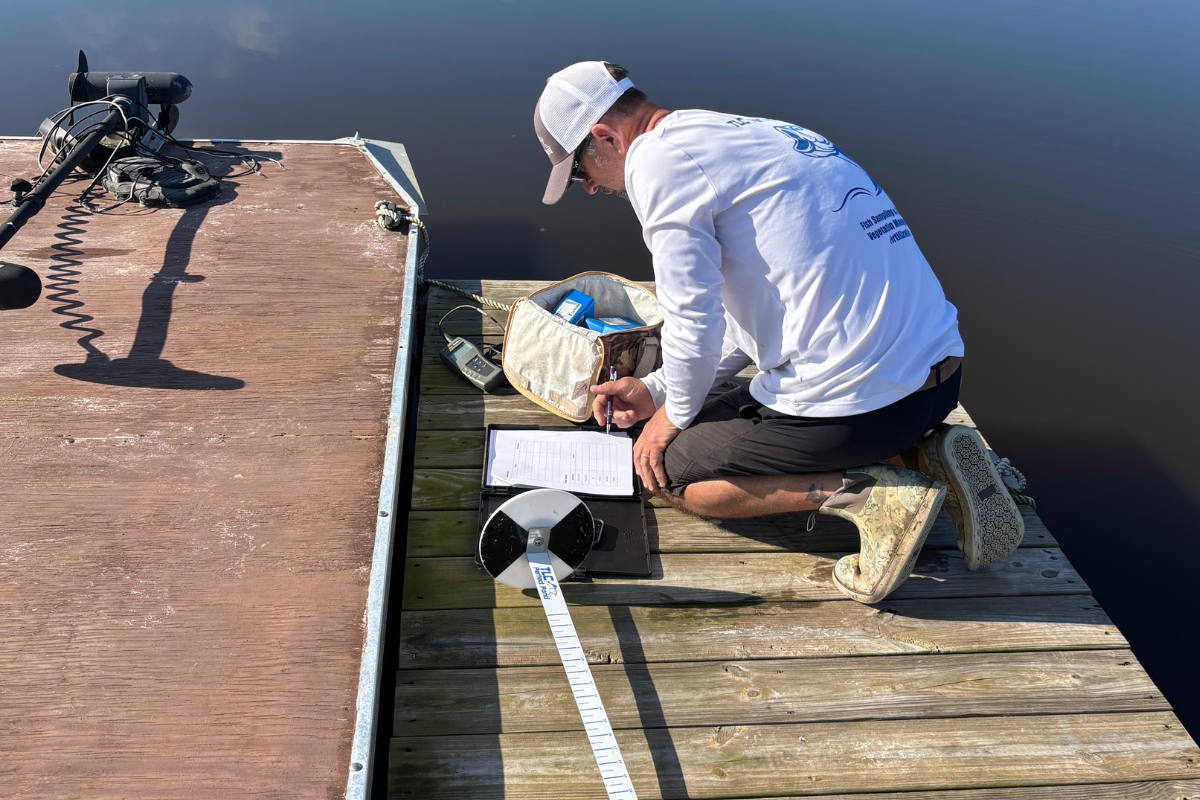
Common Mistakes to Avoid
- Over-Fertilization – Adding too much fertilizer can cause harmful algae blooms, leading to oxygen depletion and fish kills.
- Fertilizing a Pond with Excessive Weeds – If a pond has an overgrowth of aquatic vegetation, fertilization can make the problem worse. Address weed issues before starting a fertilization program.
- Using the Wrong Fertilizer – Land-based fertilizers are not effective in water and can cause unintended environmental consequences.
Let Us Help with Your Pond!
Pond fertilization is a valuable management tool that enhances fish growth, improves water quality, and maintains a balanced ecosystem. However, it must be done correctly and at the right time to maximize benefits and minimize risks. By following proper fertilization techniques, pond owners can enjoy a thriving, productive pond that supports healthy fish populations for years to come.
If you’re in the south GA or north FL region and need help managing your pond or lake, complete this form and we’ll contact you to schedule a time to meet.
